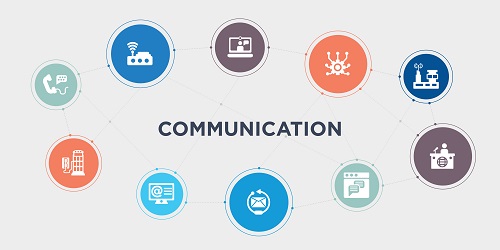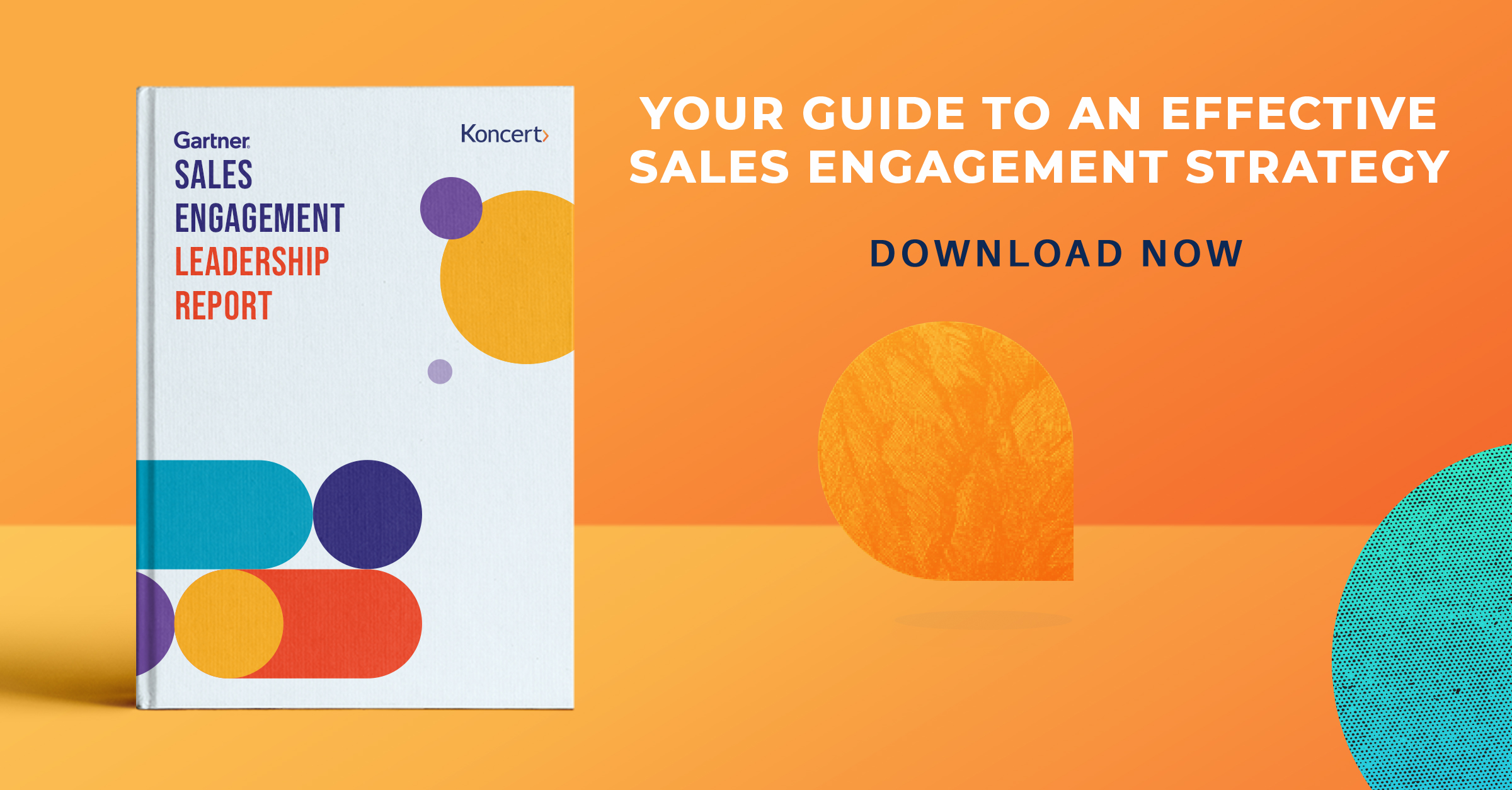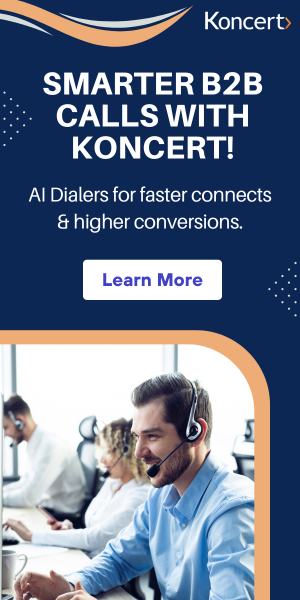
Do you know what the term "sales engagement" means? Many people, even in the sales world, aren’t sure what it means and often confuse it with "sales enablement." Read on to learn the definition of both terms along with tips on how to improve your sales engagement processes.
Sales Engagement Defined
For the literal definition of sales engagement, I turned to TOPO, which defines it as “the various interactions (digital, in-person, phone, and so on) that sellers have with prospects and customers.”
Sales engagement examples can include cold calls or warm calls, voicemails, emails, LinkedIn touches, texts, and videos in emails.
Learn the top terms in B2B sales. Read this blog.
In the same blog, TOPO goes on to define “sales engagement technology” as technology that “enables sales departments to efficiently deliver high quality interactions with prospects and customers at scale.”
Sales Enablement Defined
So, what does sales enablement mean? Let’s go back to TOPO, which defines it as “the process of providing the sales organization with the information, content, and tools that help salespeople sell more effectively.”
Sales enablement examples can include competitor battlecards, product specifications, product feature updates, an email library, and training videos that your sales reps can use to learn more about products and how to effectively sell them.
We know that sales enablement and sales engagement are commonly confused with each other. But there’s a simple distinction:
- Sales Enablement is information, content, and technology FOR salespeople that helps them to improve sales productivity
- Sales Engagement is the communication BETWEEN salespeople and prospects or customers, and the sales technology that helps that happen
Now that you know the difference between sales engagement and sales enablement, it’s time to take the outbound sales engagement you’re doing to the next level by following these tips.
5 Tips to Improve Your B2B Sales Engagement
- Learn how to best engage with each of your potential customers through a sales engagement platform by trying all the ways of a multi-channel sales outreach: cold calls, cold emails, LinkedIn, and embedded video in email and email finder tools to identify and connect with verified leads.
- Keep track of the sales engagement preference for each contact as they react (or don’t) to each method of sales outreach and use that method going forward for them.
- This seems simple, but it’s not. Be human in your sales conversations. Don’t come off as a robot or like you’re saying or sending the same thing to every contact
- Along with the tip above, show off your personality (and your face!) in an embedded video in email to your contact. Say their name so they know that video is just for them.
- Use sales engagement technology that will help you make more dials, have more conversations, send more emails, drive sales productivity, and do so in a smart manner by using sales intent data from top data providers.
Use the Right Technology
The right sales engagement platform, which should include a powerful human (yes, you read that right) agent-assisted dialer, like our Agent-Assisted Dialer for outbound calling, can save your B2B sales team time, improve sales productivity, and ease their stress. Sales engagement software also removes the grunt work of navigating through phone trees and getting past gatekeepers, so your sales reps can focus on what they do best -- having sales conversations that lead to meetings and sales.
Email and call cadence are another part of a sales engagement platform that can’t be overlooked. To create a consistent experience across prospects, sales reps should utilize sales cadence software like Koncert Cadence to send emails and create call tasks at the right time in the buyer’s journey.
Reach out to us here at Koncert today to learn more about our entire suite of multi-channel sales engagement software, our human agent-assisted dialer. Simply click here or give us a call at 800-955-5040.
Related Posts
13 min read
Sales Contact Platform: Transform Your Outbound Sales Process | Complete Guide
Apr 8, 2025 by Koncert Marketing
12 min read
Cold Calling vs. Intent-Based Selling: Maximizing B2B Sales Success in 2025
Apr 1, 2025 by Koncert Marketing



